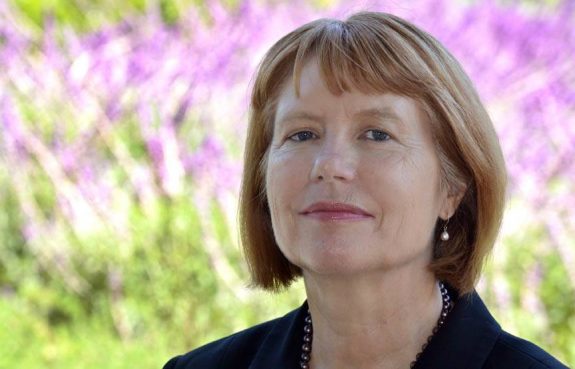Mental health perfect storm

Media release from the Office of the Public Advocate
Assaults and violence in Victorian mental health facilities drawn to the attention of Community Visitors have increased by 77 per cent in the last two years.
Public Advocate and chair of the Community Visitor boards, Colleen Pearce, said that the figures – 101 in 2017 and 179 this year and published in the volunteers’ annual report today – were the “tip of the iceberg” because many incidents involving the one patient can be recorded as only one incident. In addition, Community Visitors get their information from viewing incident reports and access was only provided in 51 per cent of visits last year.
“Insufficient beds is one of the key reasons for assaults and violence in the mental health system because critically unwell people cannot get help until they are at risk to themselves or others,” Dr Pearce said.
Violence was also an issue in facilities for the aged where a high number of assaults, including physical and sexual, continued. One Community Visitor reported a patient punched a nurse in the face and attacked them with a chair. The nurse had to go to emergency. One facility saw 13 incidents in two months including 11 aggressions against staff.
Dr Pearce said these issues would only be addressed with more staff as well as better-designed facilities to allow full view of a unit, and with greater investment in therapeutic activities.
Another critical issue was that patients were often being discharged with nowhere to go. One patient in Hume was discharged to homelessness with a coat and a sleeping bag.
Unstable accommodation continued to be a serious issue, Dr Pearce said, with adverse consequences for people’s recovery and often leading to revolving-door admissions.
Of 92 patients who have been in facilities long-term, 25 cannot be discharged because there was nowhere suitable for them to go.
Other issues included staff shortages, especially in some regions like Hume, suicides and self-harm, staff recruitment and retention issues due to workplace violence, gender safety, plus restraint and seclusion.
This year, 80 volunteer Community Visitors made 1670 visits to 170 units across the state identifying 1486 issues.
Like what we do at The AIMN?
You’ll like it even more knowing that your donation will help us to keep up the good fight.
Chuck in a few bucks and see just how far it goes!
Your contribution to help with the running costs of this site will be gratefully accepted.
You can donate through PayPal or credit card via the button below, or donate via bank transfer: BSB: 062500; A/c no: 10495969










